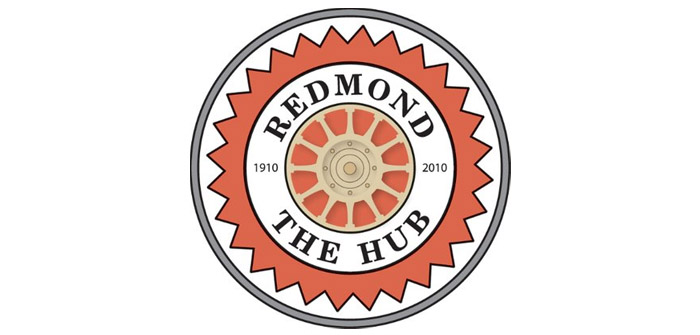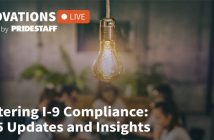Everyone out there ready to venture in the fish farming business, gather. Aquaculture will provide close to two thirds of global food fish consumption by 2030. We Gustawater, want you to be a part of this and feed two thirds of the worlds’ population. We have taken it upon ourselves to ensure that you have all the fact about fish farming straight. Fish consumption is on the rise and the percentage get higher yearly. Due to irresponsible harvesting of the fish the natural species are being depleted and some almost extinct. Fish farming is the answer to saving the species and to avoiding depletion of natural resources.
Why start a fish farming Business?
Clearly fish farming is one of the lucrative aquatic business one can indulge in. That doesn’t rule out the fact that it comes with its own challenges as any other business.
If you have a serious interest in aquatic farming, the fish farming is a great place to start.
The target market for fish farming is; households, hotels, restaurants, fish packaging and processing companies that rely on supply of fish.
How to start a fish farming business?
Step 1
First you need to decide on whether you want to the fish farming business on a large scale or on a small scale. After deciding now you need beyond general knowledge on fish farming and we Gustawater are here to lend a hand on the issue.
In order to maximize the profit, you are making you can learn the process of hatching fish eggs and then grooming them to maturity. But if you don’t want to go through the hustle of hatching the eggs you can buy them from a hatchery.
If you want to raise the fish on a small scale you should consider if you have enough space in your backyard to fit a fish pond. If not you can raise them in containers, tanks and tubs. There are even raised in barrels now.
Step 2
The fish farming business demands a reliable source of water. So make a point of having a reliable water source and a backup plan.
The pond is set on whatever way you choose to grow your fish now set the water way. Municipal supply water is a good way to go but if you have alternative reliable means is also a good way to go.
Step 3
You need to have conducted a marker research on the most profitable or the fish species with the highest demand. This will make sure you have no struggle when selling your fish.
Most common fish species kept by fish farmers are;
i. Finfish- catfish, tilapia, minnows and trout.
ii. Ornamental fish- goldfish, tropical fish.
iii. Shell fish- oysters, shrimps, clams, crustaceans and mollusks.
Know your target market and choose the species you are comfortable supplying.
Step 4
What equipment is needed for fish farming?
- Pumps;
They ensure the fish have adequate fresh water by filling the ponds, or tanks with fresh water from the source.
They also came in handy when you choose to drain the ponds at the end of the growing cycle. The two common types of pumps used are the centrifuge and turbine pumps.
The centrifuge pumps are set horizontally and the turbine pumps vertically.
- Aeration devices;
The main task of the aeration devices is to ensure adequate supply of oxygen to the fish. They allow you to have more fish in a small space.
Fish farmers with the use of recirculating aquaculture systems (RAS), can now keep fish in tanks housed in building basements.
They also make recycling water after removing impurities much easier.
- Nets/ Seine Reels;
After the awaiting the growth and maturation of the fish and it is time to harvest the seine reels or nets are effective.
Seine sinks to the bottom of the pond or tank and with assistance the reel gathers the fish towards the outer edges of the seine. By doing so the fish gather into the nets.
During this process ensure the aerators are on full speed as the fish are in close proximity to each other requiring maximum oxygen supply.
- Handling and Grading Equipment
While fish harvesting, you grade them by size. The grading process is important as it ensures improvement in growth of the fish.
Poor grading will make the smallest fish have difficulty in gaining access to food because of competition with the larger fish.
There are two types of grading equipment;
i. Mechanical graders
ii. Manual graders
iii. Fish counters
We at Gustawater are a leading manufacturers of plastic water treatment products so when you are at a pickle come to us.
Step 5
The last step and the most important to address is feeding.
Demand feeders are used for particular species of fish. The tilapia is fed in small quantities over a period of time.
Clockwork driven belt feeders are used for the smaller fish species. It is an equipped belt that rolls on a clockwise motion. The feed is placed on the belt and it is rolled up progressively over 8-10 hours releasing the feeds slowly.
Manual feeding is commonly used, you should train to feed them according to their behavior.
Calculation of daily feeds should be based on weight, water temperatures and water quality. When feeding the fish consider their behavior, appetite and aggressiveness.

Now that you are all set on how to start a fish farming business you can now go ahead and join the industry. Be a part of the aquaculture industry growing at an annual rate of 0.3% to 1.5% billion over a five-year period.
Whether you are an upcoming entrepreneur who is a complete amateur on how to start a fish farming business, do yourself a favor and read this article. Then visit us at Gustawater, as we are a leading manufacturers of plastic water treatment products. Fish farming is great way to venture into the agriculture industry and generate some good income. Decide and join us, we are ready for you.





